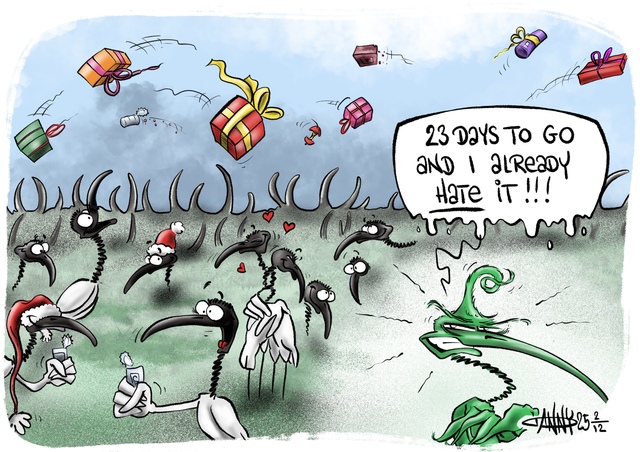One Battle After Another
Starring Leonardo Di Caprio, Sean Penn and Benicio Del Toro
M
4/5
Loosely based on Thomas Pynchon’s 1990 novel Vineland, One Battle After Another is a great new film from renowned indie director Paul Thomas Anderson that I just don’t like very much.
Pat Calhoun (Leonardo Di Caprio), a washed-up former revolutionary, must rescue his daughter Charlene (Chase Infiniti) from an old enemy.
One Battle After Another is a searing satire of modern America, addressing how tyrants in power operate with a thin veneer of authority and how some resistance members use opposition as a smokescreen for thrill-seeking and violent urges of their own.
Sean Penn plays the twitchy, sadistic villain Steven Lockjaw almost like Frank Booth from Blue Velvet if he were a white supremacist colonel.
Benicio Del Toro is an amusing ally as Sergio St. Carlos, an unflappable karate sensei, and Infiniti conveys a compelling confidence as Charlene.
The film maintains multiple layers of rising white-knuckle tension through Pat’s scramble to save Charlene, Lockjaw’s relentless hunt for her and the machinations of a Klan-like fraternity and their fixer, and builds to a gripping desert action climax.
The powerful score features a clever lullaby-like leitmotif drawn from the trackers Pat uses to keep Charlene safe.
Some viewers will just find One Battle After Another too harsh and grim to endure.
Perfidia (Teyana Taylor), Pat’s revolutionary wife and Lockjaw’s counterpart, is a deliberately unlikeable character, but she is so ruthless and narcissistic that she starts the film on a sour note that it never fully recovers from.
For that matter, while the film draws plenty of humour from Pat as a has-been severely in over his head, everyone around him is more interesting and developed (and competent, but that’s the point).
A taut, expertly-crafted film that you may enjoy more than me, One Battle After Another is playing in most Victorian cinemas.







